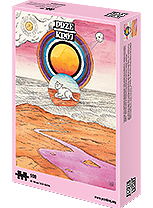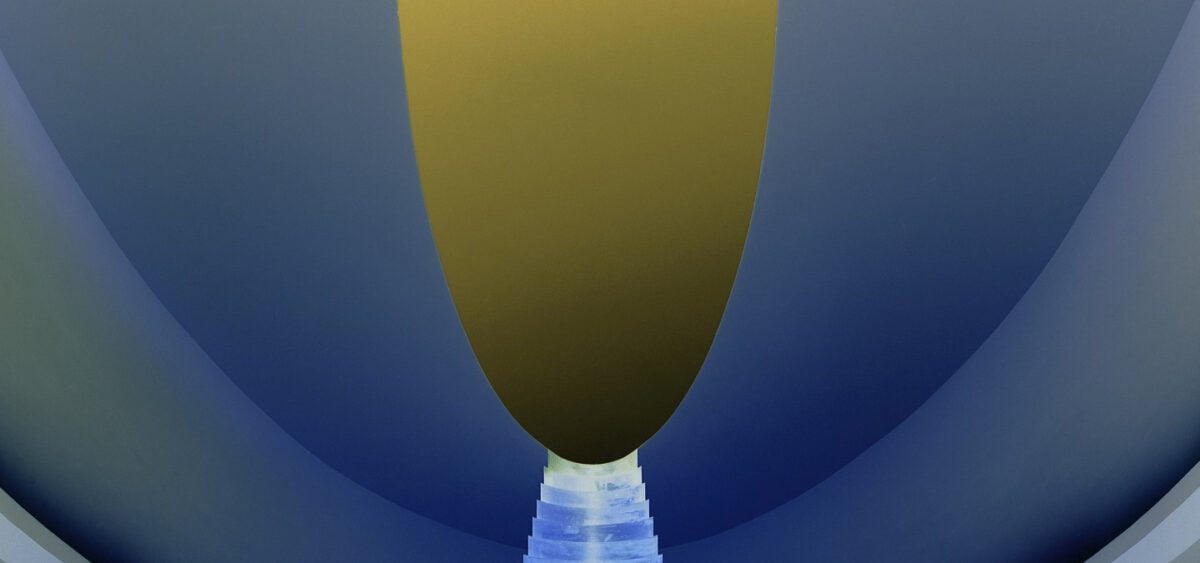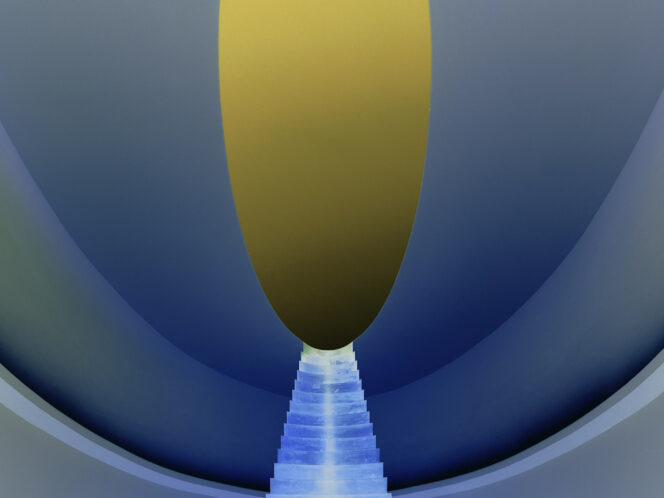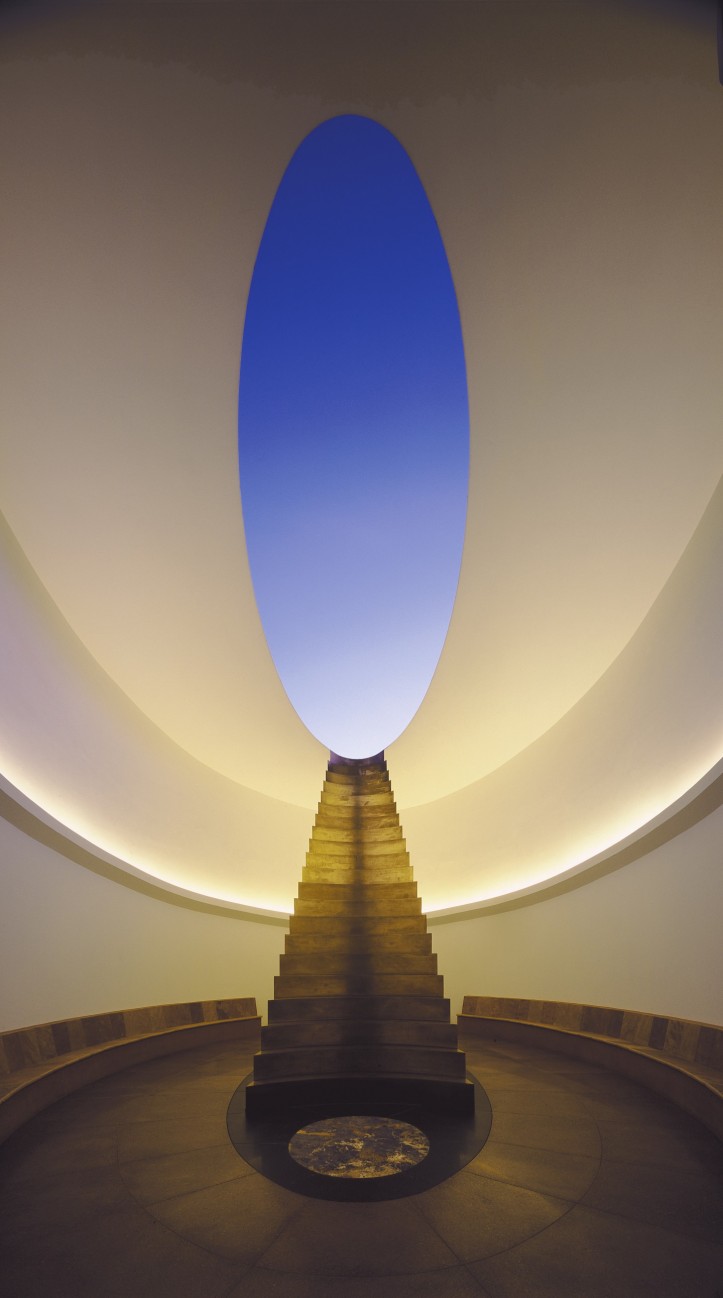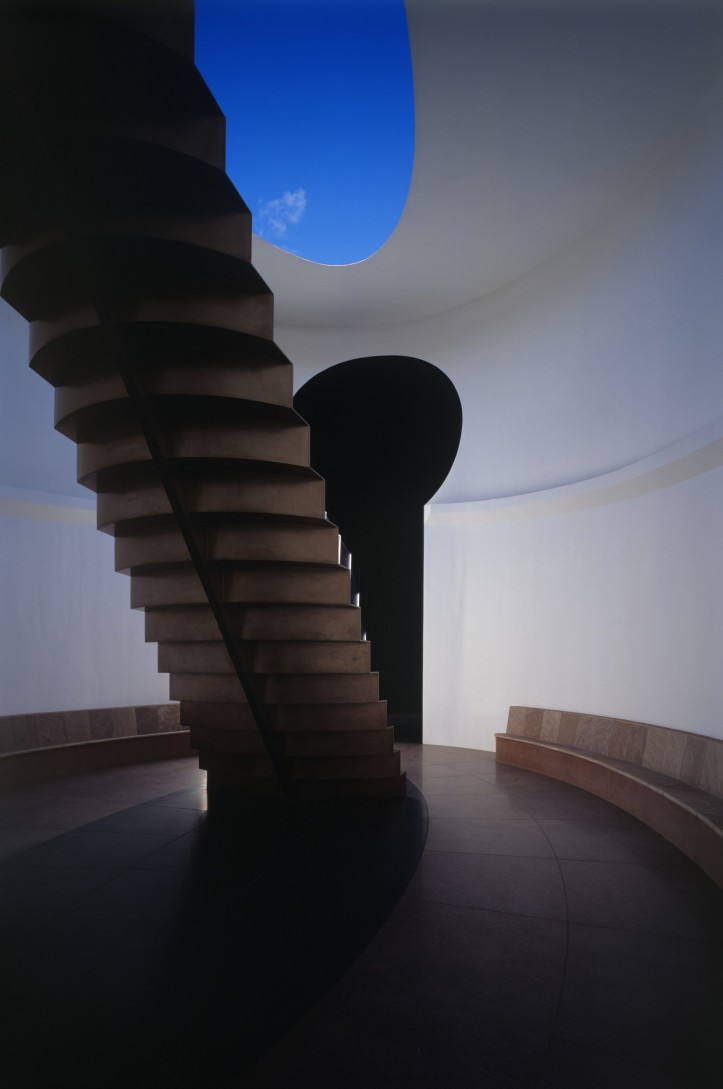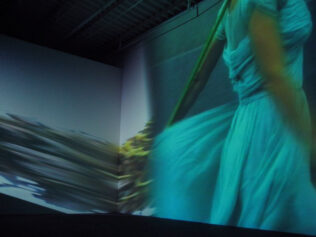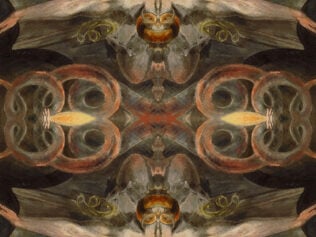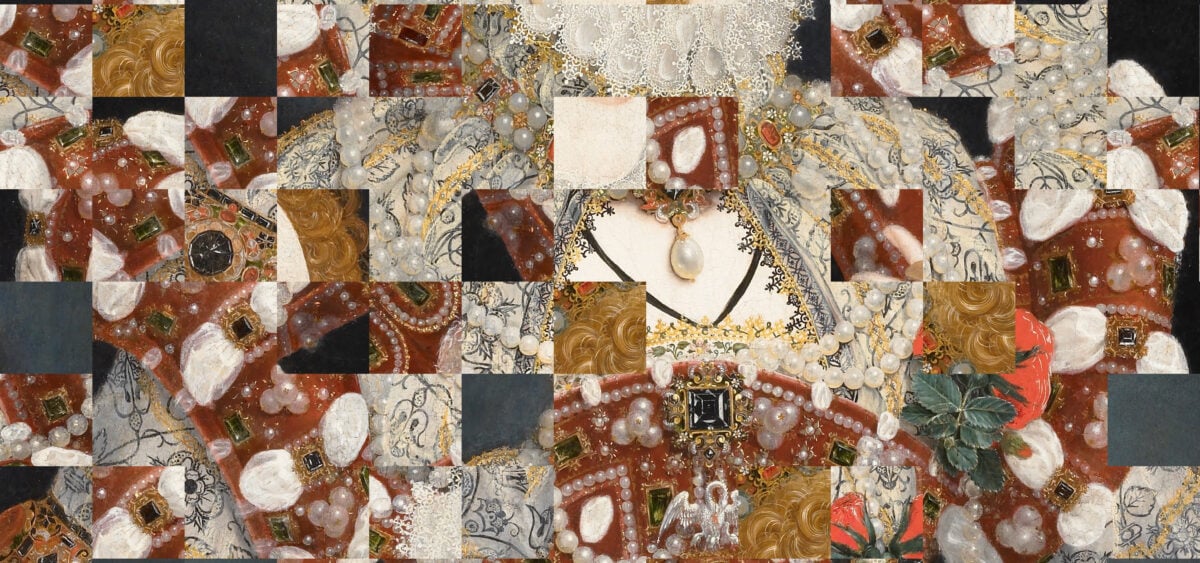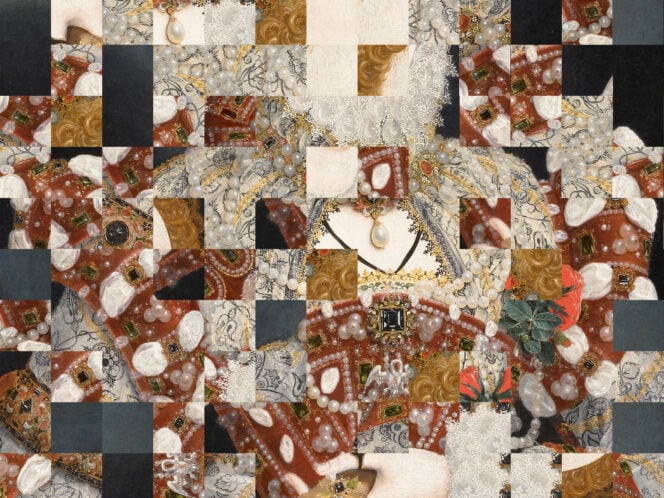
time 2 minutes
Work on this unique piece of art, which recalls ancient buildings, continues today, and its structure is designed to last for centuries.
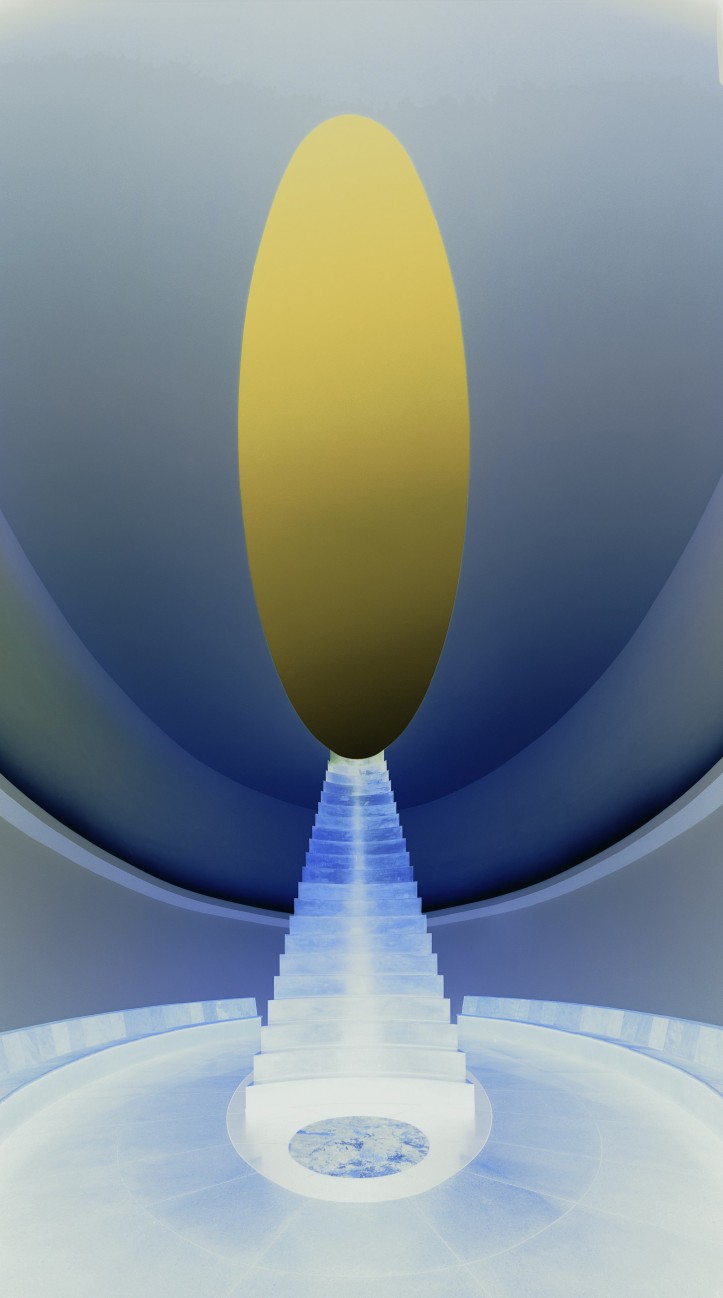
Roden Crater is a grand-scale work of art found in the middle of the Painted Desert in northern Arizona, in the very centre of an extinct volcano. The idea emerged from the mind of James Turrell, an American artist known for his work with light and space.
This mysterious desert complex is the fruit of the artist’s lifelong research into the area of human perception. The structure, only minimally intervening in the surrounding landscape, is made up of complex underground spaces, designed so that the viewer can directly experience the vastness of time and forces of nature. This aim is served by the rock structures that are exposed and integrated into the architecture, from which individual geological cycles can be read, as well as spaces coupled with solar phenomena.
After a long search, Turrell found ideal conditions to build his complex near the city of Flagstaff, in the northern part of Arizona. In 1977 the artist bought a 400,000-year-old, five-kilometre wide extinct volcano, to create his magnum opus on its peak.
Roden Crater is a system of tunnels, halls and openings revealing the sky, constructed to capture the light of the sun in the day and the planets and stars at night, directing it to the interior in a particularly deliberate way. The entire structure calls to mind the megalithic structures of forgotten civilizations.
In the first phase of construction of this unique observatory, the Crater Bowl was formed, and the 260-metre Alpha (East) Tunnel was bored. Further parts of the complex have now been created, such as the Sun | Moon Chamber, East Portal and Crater’s Eye, connected with the Alpha Tunnel and another tunnel connecting them with the Bowl. After the work that’s currently under way is completed, the project will have 21 spaces and six tunnels.
For now the Roden complex will remain closed to the public, but a limited number of visitors, after making a $6500 donation to the Skystone Foundation (a non-profit organization that supports Turrell’s work) have the opportunity to enter the space.
Roden Crater is Turrell’s masterpiece, the most perfect implementation of the idea of land art, built to honour the forces of nature and designed to last for centuries. It plays the role of a gateway to contemplation of light, time and the landscape, bringing together the physical and the ephemeral.


Translated from the Polish by Nathaniel Espino

